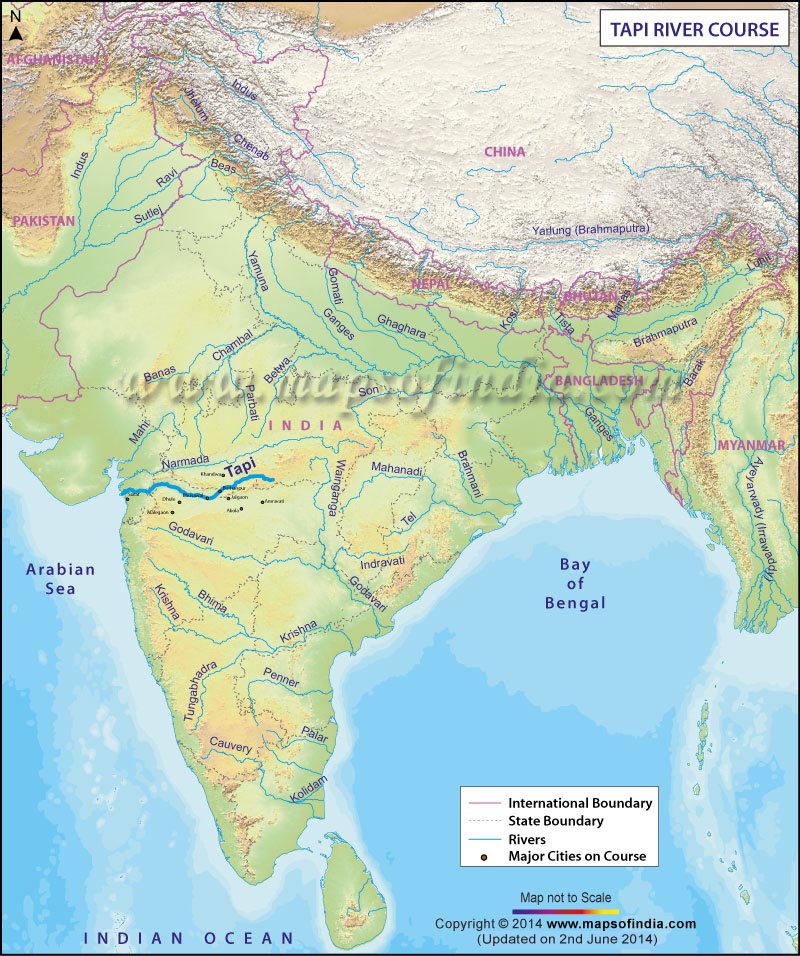Flowing with Divinity: Tracing the Spiritual Significance of the Tapi River in Hinduism
Discover the significance of the sacred Tapi River in Hinduism - its mythological relevance, rituals performed, and its cultural importance.

The Tapi River, considered one of India's major rivers, holds a significant place not only in the geographical landscape but also in the cultural and spiritual beliefs of the people. Originating from the Satpura Range of Madhya Pradesh, the river flows westwards over a length of approximately 724 kilometers across three states before merging into the Arabian Sea near the city of Surat in Gujarat.
Being a follower of Hinduism, one cannot overlook the religious significance of rivers. The Tapi River, like all other rivers in India, is deified and revered. It's believed to be a manifestation of God's benevolence, providing life-sustaining water to the lands it traverses. The river is a silent witness to the continuum of life and death, carrying numerous tales of faith and reverence in its currents.
There are numerous temples and sacred sites along the banks of the Tapi River, where devotees congregate to perform rituals and seek divine blessings. One such renowned place is the Trimbakeshwar Temple, located near the river's source, which is one of the twelve Jyotirlingas and a major pilgrimage site for Hindus. Pilgrims often take a dip in the holy waters of the Tapi River, believing it to absolve them of their sins and lead them towards the path of Moksha or liberation.
The Tapi River is not just a geographical feature; it is a lifeline, a symbol of cultural unity, and a spiritual guide for millions. However, like many other rivers, the Tapi too is grappling with the challenges of pollution and environmental degradation. It is our collective responsibility, as inheritors of this rich heritage, to conserve these precious resources for the future generations. Let's remember and revere these mighty rivers, not just as geographical entities, but as the divine mothers that they are in our Hindu culture.
